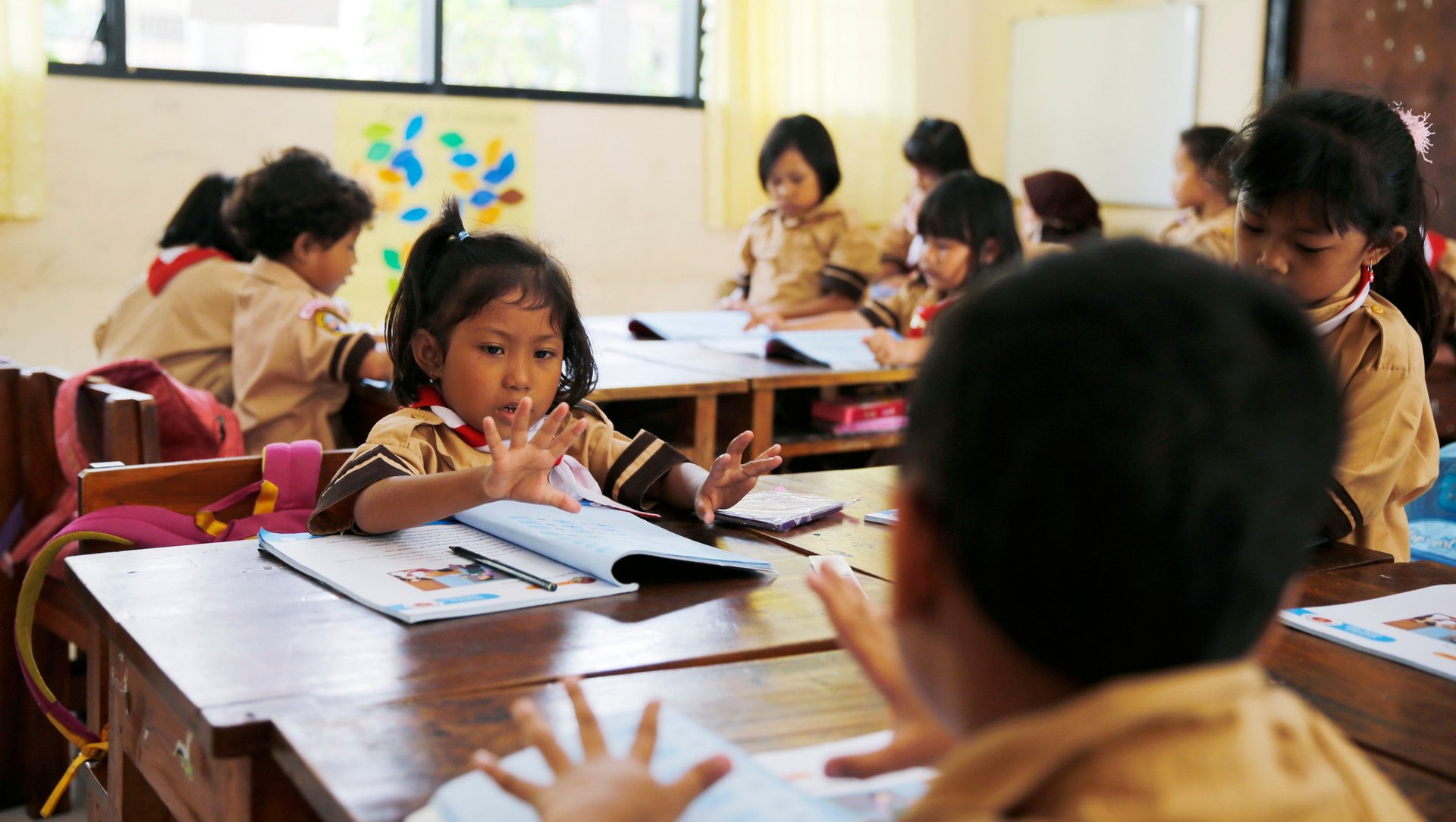Diversity in schools makes all students—even white ones—feel safer
Add this to the myriad of benefits of diversity: Having a mixture of different ethnicities in a learning environment makes students of all racial backgrounds feel safer, less bullied, and less lonely, according to a new study published this week.


Add this to the myriad of benefits of diversity: Having a mixture of different ethnicities in a learning environment makes students of all racial backgrounds feel safer, less bullied, and less lonely, according to a new study published this week.
Researchers at the University of California, Los Angeles studied around 4,300 sixth-grade (11- and 12-year-old) students of various racial backgrounds in the same middle-income economic bracket in California. Their findings, published in the journal Child Development, show that students in diverse schools—defined as schools with multiple and roughly equally-sized ethnic groups—experience more tolerance, fairness, and inclusiveness in the classroom than their counterparts in non-diverse schools. That may seem like an obvious fact. But interestingly, the researchers also found that it was students of all races, including white, who reported greater feelings of safety in diverse schools—not just minorities.
Plenty of previous studies have shown that school segregation can be detrimental, leading students to be less accepting of people who are different to them later in life. The UCLA study not only confirms that idea, but suggests for the first time that having racially integrated campuses serves as a benefit to the entire population of the school.
It’s crucial that no particular population feels underrepresented or left out. “When ethnic groups are of relatively equal size, there may be more of a balance of power,” Jaana Juvonen, a UCLA professor of psychology who led the study and has studied bullying for two decades, said in a press release. “One or more large ethnic groups will be less likely to exert their influence over one or more small ethnic groups.”
Of course, implementing such practices in schools is a tricky matter—and the US education system is already struggling with a lack of diversity among teachers. The researchers also stress that social diversity is just one part of the equation: Classroom instruction must also be more reflective of students’ racial variety to truly foster an environment of open-mindedness and inclusion.